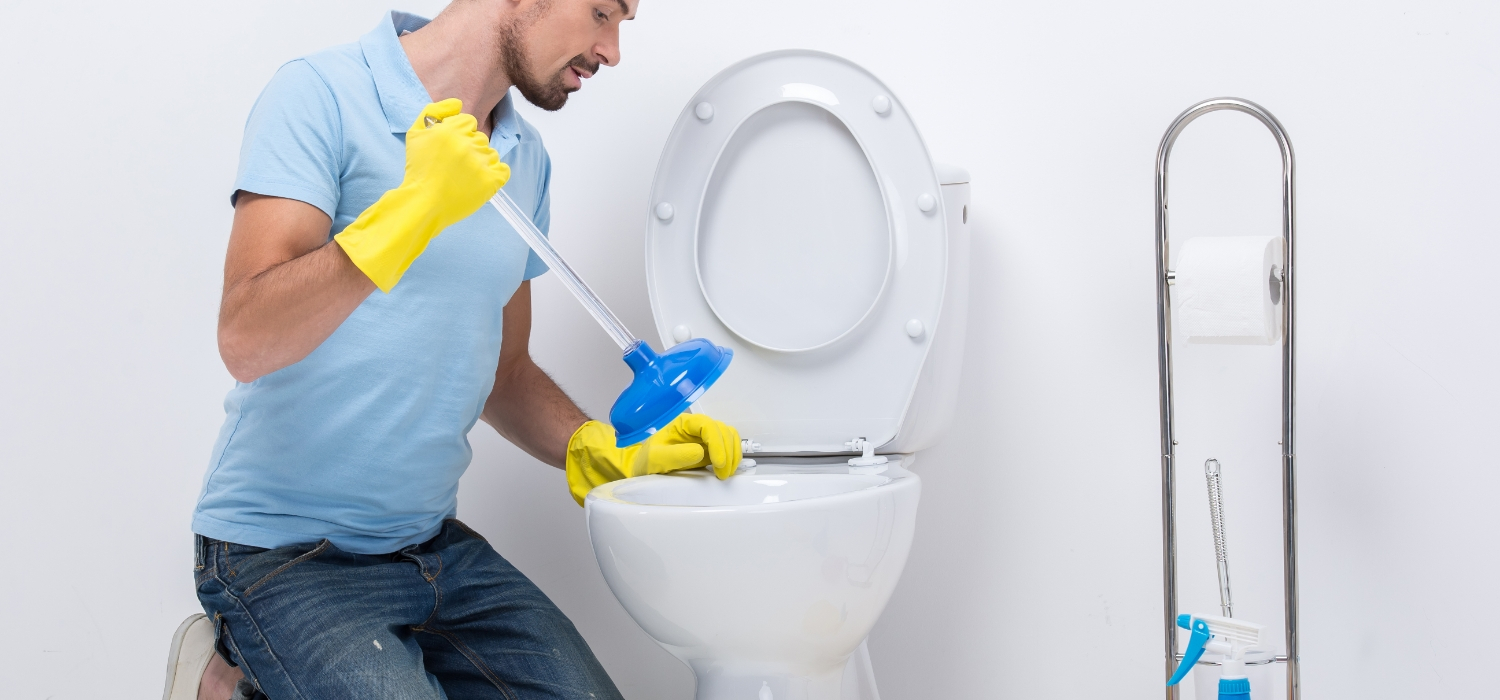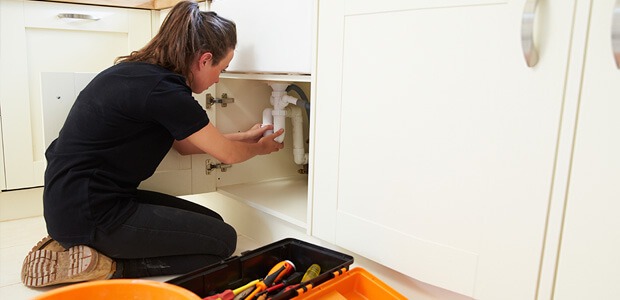Guidelines for Handling a Blocked Drain Prior to Contacting Experts
Guidelines for Handling a Blocked Drain Prior to Contacting Experts
Blog Article
Do you find yourself trying to find tips concerning What I learned from trying to deal with a clogged drain?

Intro
Managing a blocked drain can be an irritating experience, interrupting day-to-day activities and potentially creating damages to your residential property. Nevertheless, before connecting to pipes professionals, there are steps you can require to deal with the problem yourself. In this guide, we'll check out do it yourself services and preventive measures to take on an obstructed drain efficiently.
Determining the Issue
The very first step in resolving an obstructed drain is identifying the indications. Sluggish water drainage, gurgling sounds, foul odors emanating from drains, or water support up prevail indications of an obstructed drainpipe. Determining these indicators early can aid protect against further difficulties.
Common Reasons For Blocked Drainpipes
Comprehending the factors that contribute to drain blockages is essential for reliable resolution. Usual culprits include hair, soap scum, oil, food debris, and foreign items like hygienic products or paper towels. Tree origins invading below ground pipes can also cause substantial obstructions.
DIY Solutions
For small blockages, several do it yourself options can be reliable. Pouring boiling water down the drain can aid liquify grease and debris. Sodium bicarbonate and vinegar or a mixture of salt and baking soft drink can work as all-natural cleaners. Using a bettor or plumbing serpent to displace obstructions is one more choice.
Devices and Devices
Having the right tools handy can make DIY drain cleaning much more efficient. A bettor is a flexible tool for clearing blockages in sinks, commodes, and showers. A pipes snake or auger can reach much deeper blockages, while drainpipe cleaning chemicals can be made use of meticulously for persistent blockages.
Safety nets
To prevent future obstructions, taking on preventive measures is essential. Set up drainpipe guards or strainers to capture hair and particles prior to they go into the pipelines. Regularly flush drains pipes with hot water to dissolve grease buildup, and avoid throwing away grease or solid waste down the drain.
When to Call a Professional
While do it yourself remedies can deal with small obstructions, particular indications suggest the demand for specialist help. Persistent obstructions, foul odors despite cleaning initiatives, or several drains supporting at the same time are warnings that warrant professional treatment.
Picking the Right Pipes Service
When picking a plumbing solution, think about variables such as experience, licensing, and customer testimonials. Pick a credible plumbing with a performance history of high quality workmanship and clear prices practices.
Price Considerations
The expense of specialist drain cleaning company can differ depending on the seriousness of the obstruction and the plumbing technician's prices. Request quotes from numerous service providers and ask about any service charges to guarantee transparency and avoid shocks.
Safety Measures
When attempting DIY drain cleansing, prioritize security. Put on protective gloves and eyewear to avoid contact with damaging chemicals or germs. Never mix different drainpipe cleansing items, as this can create dangerous fumes.
Situation Researches
Real-life instances show the performance of DIY remedies and the significance of prompt professional intervention in fixing drain blockages.
Conclusion
By complying with the tips described in this guide, you can efficiently deal with blocked drains and avoid future plumbing problems. Whether opting for do it yourself options or looking for professional aid, timely action is crucial to maintaining a healthy pipes system and preserving the honesty of your home.
How to Clear a Clogged Drain Yourself (And When to Call In the Professionals)
What Can Clog a Drain
Dirt Skin flakes Hair Grease Soap scum Food Offset pipes Tree roots Small objects Mineral buildup DIY Tricks to Unclog a Drain
You can fix this! Once you have identified the source of the clog (or have a vague idea), you can try one or a combination of these fixes in order to clear your plumbing.
Wire Hanger or Snake
Untangle and clear out hair from a drainpipe with a homemade snake. Use a straightened-out wire hanger with a 90-degree angle hook to locate the clog and drag out any unwanted material.
Remember not to push the clog further down to where the wire hanger cannot reach! If you need to follow up with a plunger, give it a try. Your efforts might be more successful after it’s been wire-snaked.
If you want to get fancy and don’t have a wire hanger to spare, head to the store and pick up a hand-operated drain snake. You can get one for $10-$30. It may save you the hassle, and provide additional length to reach deep into the clogged pipe.
Plunger
A cup plunger has a suction cup attached to a wooden handle. The rubber creates a seal around the drain, and increases the pressure force of the plunger.
Plunge for 30-second increments to loosen the clog. This may need to be repeated over the course of 15-20 minutes. Once plunged, run the water to flush the remaining material out of the drain.
Remember– never use a plunger if you have used a chemical drain cleaner. These chemicals can splash up from the force of the plunger and cause serious injury or burns.
Boiling Water
Hot water can sometimes break up materials into a flushable amount. Dirt, grease, and soap buildup requires heat in order to unstick from surfaces.
Take your kitchen kettle and heat your water to a boil. Once it reaches a rolling boil, pour it directly down the drain into the blockage. Carefully follow with plunging, if necessary.
Don’t worry if this takes more than one try! It can often take multiple kettles and repeated plunging in order to clear a particularly stubborn clog.
Chemical Drain Cleaner
As a last resort, pick up a bottle of chemical drain cleaner. Drain-cleaning chemicals are potent, and not very good for the environment.
You may need to wear protective eyewear in gloves before handling your bottle of chemical drain cleaner. Follow the instructions printed on the bottle, and flush with water as soon as the instructions allow. Do not follow with plunging.
Baking Soda and Vinegar
As a safer alternative to chemical drain cleaner, baking soda and vinegar can create a chemical reaction that clears tough clogs.
Combine one cup of cleaning vinegar with one cup of boiling water, and set aside. Once you have done this, pour half a cup of baking soda down the drain. Give the baking thirty seconds to settle and cover a large portion of the problem drain.
Following the baking soda, pour down your vinegar and hot water solution. Once the vinegar and baking soda combine, the mixture will bubble and fix. Let this reaction fizzle in the drain for about an hour.
After an hour, follow with a kettle’s worth of hot water. The heat and liquid should flush out any remaining material.
When to Call a Plumber
If your DIY attempts haven’t cleared your clog drain, it’s time to call in a professional. It’s not worth losing access to your kitchen sink or high-traffic bathroom. A clog in a vital area can keep you from the things you’d rather be doing, and derail your routine.
Anytime a clog is causing water to spread is a time to call in a plumbing service. What starts out as a little bit of water can quickly grow into serious, expensive water damage.
Additionally, a serious clog can result in burst pipes or serious leaks. Make sure you know when to take it seriously!
https://myguysnow.com/how-to-clear-a-clogged-drain-yourself-and-when-to-call-in-the-professionals/

As a devoted reader on Some easy tips to fix blocked drains, I assumed sharing that piece was worthwhile. Do you know about somebody who is interested in Tips for Dealing with Clogged Drains and Sewer Lines? Be sure promote it. Thanks for being here. Don't hesitate to stop by our blog back soon.
Request An Appointment Report this page